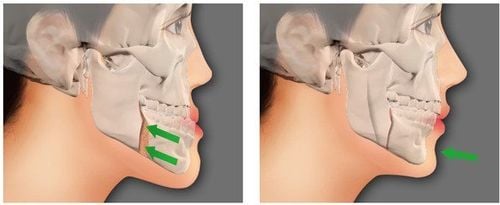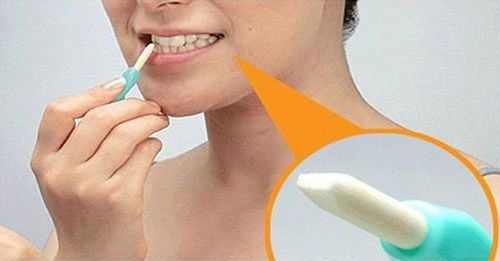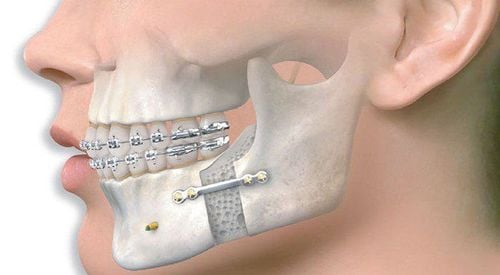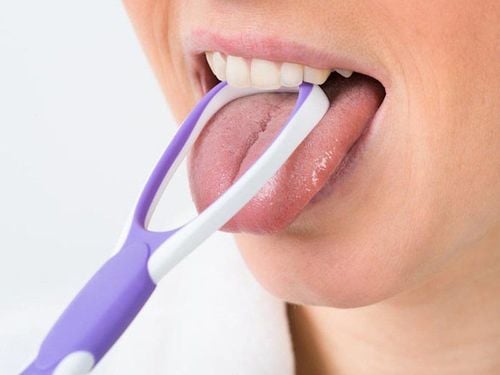This is an automatically translated article.
Article written by MSc Lai Do Quyen - Doctor of Dentistry - Maxillofacial - Facial, Interspecialty Department - Vinmec Times City International General Hospital
Cavities often appear on the chewing and lateral surfaces of the back teeth (molars) because these teeth have many pits and crevices where food is easy to accumulate and difficult to remove by brushing. To overcome this situation, the dentist has applied a sealant or Sealant method.
1. What is Sealant?
In Vietnam, the concept of Sealant, filling holes or fillings to prevent tooth decay, is still rarely consulted by dentists. However, abroad, this concept is quite popular. The American Dental Association (ADA) recommends Sealant as one of the very effective preventive treatments especially for children. So let's learn about Sealant.
Sealant is a word that refers to the technique of placing a layer of dental material to fill the pits and crevices on the sides of the teeth, especially on the chewing surfaces of the posterior teeth to help prevent tooth decay.
Materials used to make sealant can be glass cement (Glass Iomomer cement -GIC) or composite.
2. Why is Sealant effective in preventing tooth decay?
Food deposited on the tooth surface, especially in the grooves and crevices, will be fermented by bacteria in the mouth, forming an acidic environment that corrodes the tooth surface. The tooth surface is corroded, gradually forming a deep hole.
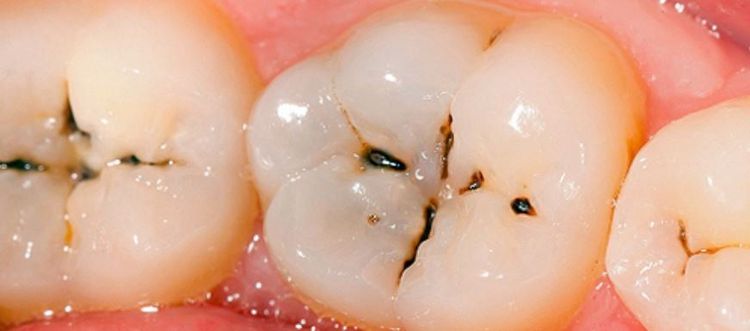
Các hố rãnh, khe kẽ trên mặt nhai của răng hàm
The material used to make Sealant will fill the pits and crevices on the tooth surface, the tooth surface becomes shiny, preventing food and plaque from sticking to the teeth, thus reducing the risk of tooth decay.
In addition to the filling effect, the material used to make Sealant (GIC) also releases Fluor, a factor that works to make the tooth surface solid against the corrosive effect of acids that cause tooth decay.
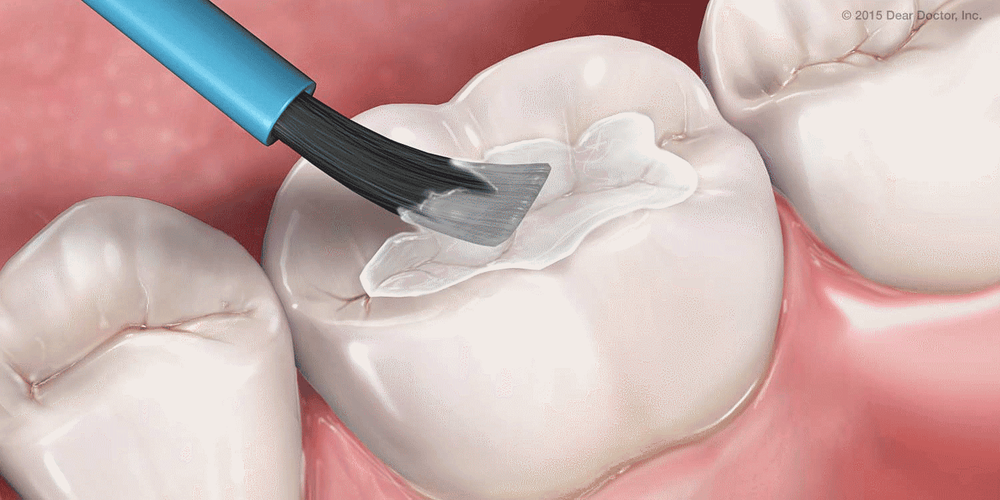
Sealant lấp kín các hố rãnh, khe kẽ trên mặt nhai răng hàm
3. What teeth should Sealant do?
Sealant should be made on the most important teeth and the highest risk of caries, usually the permanent molars in the back (teeth 6, 7). However, with other teeth with pits, deep grooves and in children with poor oral hygiene, Sealant should also be used to help children reduce the risk of tooth decay.
In addition to the permanent teeth, the protection of the primary molars is also very important, so Sealant should also be made on these teeth.
4. When to do Sealant?
Sealant should be done as soon as possible as soon as the first permanent molar (6th tooth) of the child has just erupted, usually between 6-7 years old. The remaining permanent molars also need to be filled with pits as soon as they appear between the ages of 11-14.
In addition, to have a healthy set of permanent teeth, the baby teeth also need to be well taken care of. Therefore, baby teeth also need to be filled with pits if indicated by a dentist.
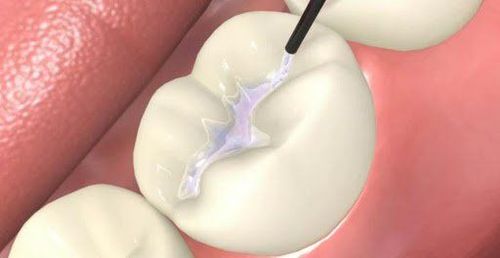
Sealant nên được thực hiện càng sớm càng tốt
5. Is making Sealant complicated?
Sealant is very fast, simple, child-friendly and in just one appointment.
The tooth surface will first be cleaned, then treated and blown dry. Then liquid Sealant will be put in to fill the pits, crevices on the tooth surface and lighted to harden. Your child can eat and drink normally right after the appointment.
Unlike a cavity filling, the dentist does not have to clean the cavity so your child will not be in pain.
6. Is Sealant easy to peel off?
Studies show that Sealant can stay on teeth for about 2-3 years or longer if your child maintains good oral hygiene and avoids chewing on hard objects. However, Sealant can easily peel, break. So you should still keep the habit of taking your child to the dentist regularly. At that time, the dentist will check and recommend re-gluing or repairing as needed.
7. How to take care of your teeth after doing Sealant?
Sealant is just one step in a child's lifelong cavity-free prevention plan. The smooth surface of the sealant makes it easier to clean the tooth surface, thereby helping to reduce the rate of tooth decay in children. However, Sealant is not a substitute for brushing.
Proper brushing with Fluoride toothpaste, flossing between teeth, a reasonable diet, limiting snacking and regular dental visits are still things to do to bring back a smile. bright and a set of healthy teeth.
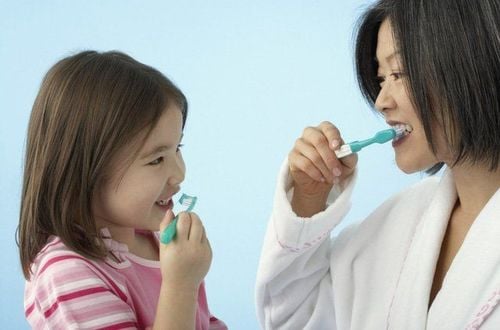
Sau khi làm Sealant nên đánh răng đúng cách và sử dụng kem đánh răng có chứa Fluor
Periodic dental check-ups should begin when children are 1-2 years old to create good oral care habits for children, make children not afraid to go to the dentist, dentists can easily approach children when doing procedures on teeth. and is a premise for children to have healthy, shiny teeth in the future.
Parents, please be your child's dentist, guide and encourage children to brush their teeth properly, proactively book regular dental appointments every 6 months for their children at reliable dental examination and treatment facilities.
Vinmec International General Hospital is one of the hospitals that not only ensures professional quality with a team of leading medical doctors, modern equipment and technology, but also stands out for its examination and consultation services. comprehensive and professional medical consultation and treatment; civilized, polite, safe and sterile medical examination and treatment space.
Customers can directly go to Vinmec Health system nationwide to visit or contact the hotline here for support.







